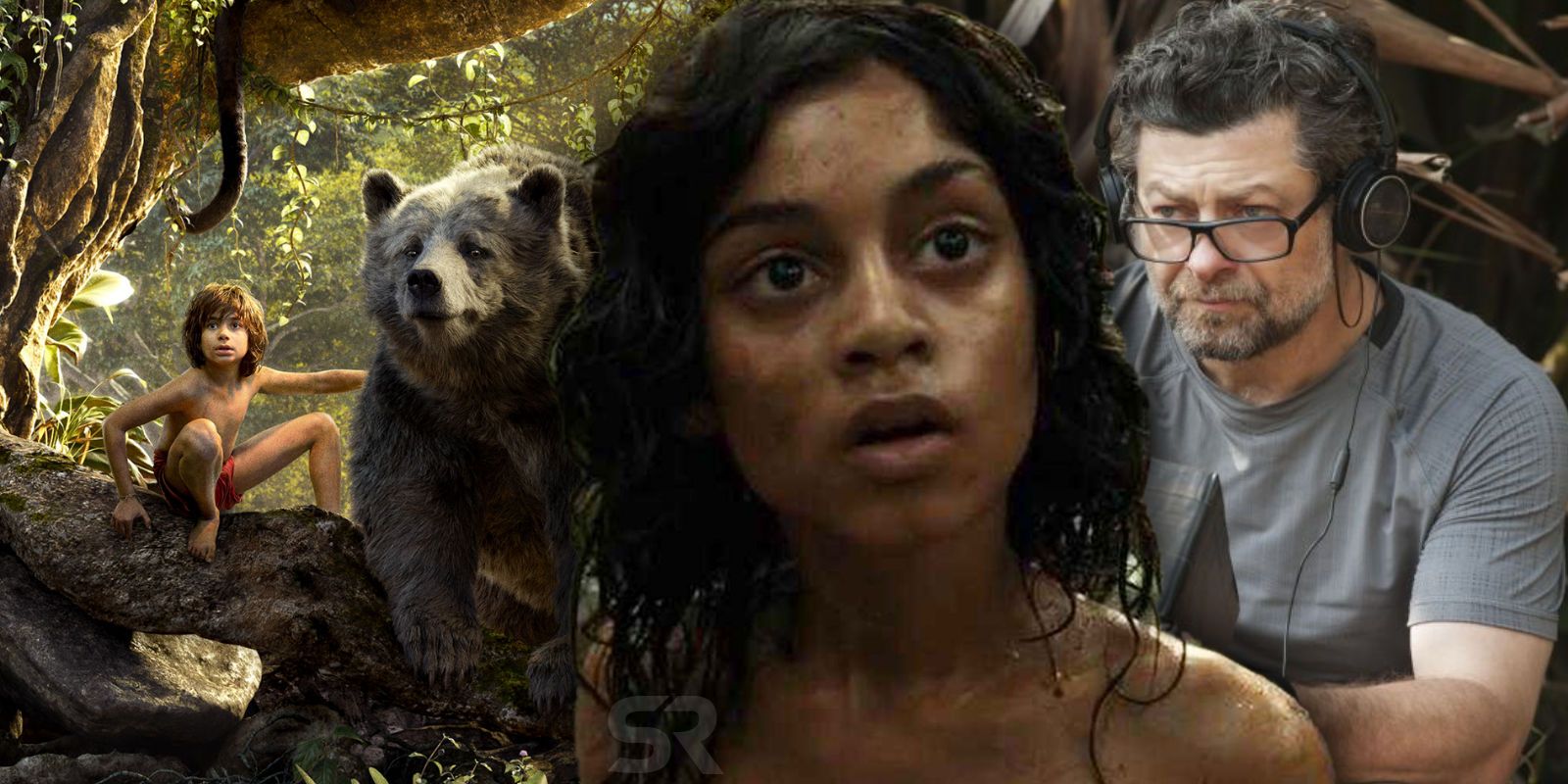
Andy Serkis' Mowgli: Legend of the Jungle is now available on Netflix, and it will undoubtedly be compared to Disney's live-action Jungle Book movie, which was directed by Jon Favreau. Several years ago, Serkis aimed to tell the definitive version of Mowgli's story, a character from Rudyard Kipling's The Jungle Book and The Second Jungle Book novels, which have been comprised into the collection All the Mowgli Stories. It took many years, but it's now out and available to audiences worldwide.
Even though Mowgli: Legend of the Jungle earned some brutal reviews, it's a decent story and an ambitious take on the iconic Jungle Book character. Despite the unevenness in its story, Netflix's Mowgli is a much more accurate adaptation of Kipling's Jungle Book novels than any other mainstream movie adaptation in the past, which primarily means Disney's animated Jungle Book movie from 1967 and Favreau's live-action Jungle Book movie from 2016.
Related: Netflix's Mowgli: Voice Cast & Character Guide
Both of Disney's versions - despite the fact that Favreau's adaptation of the animated film appended certain aspects of Kipling's stories - were immensely sanitized reworkings of what the author envisioned in The Jungle Book and The Second Jungle Book. And the differences between Disney's Jungle Book story and Serkis' Mowgli start to shine throughout Mowgli: Legend of the Jungle, because Serkis not only took inspiration from all of Kipling's stories, but he stuck to them as well.
- This Page: Mowgli's Book Accuracy & Cartoony CGI
- Next Page: Mowgli is Darker, Sillier, & Less Realistic
Netflix's Mowgli Is More Accurate To The Books
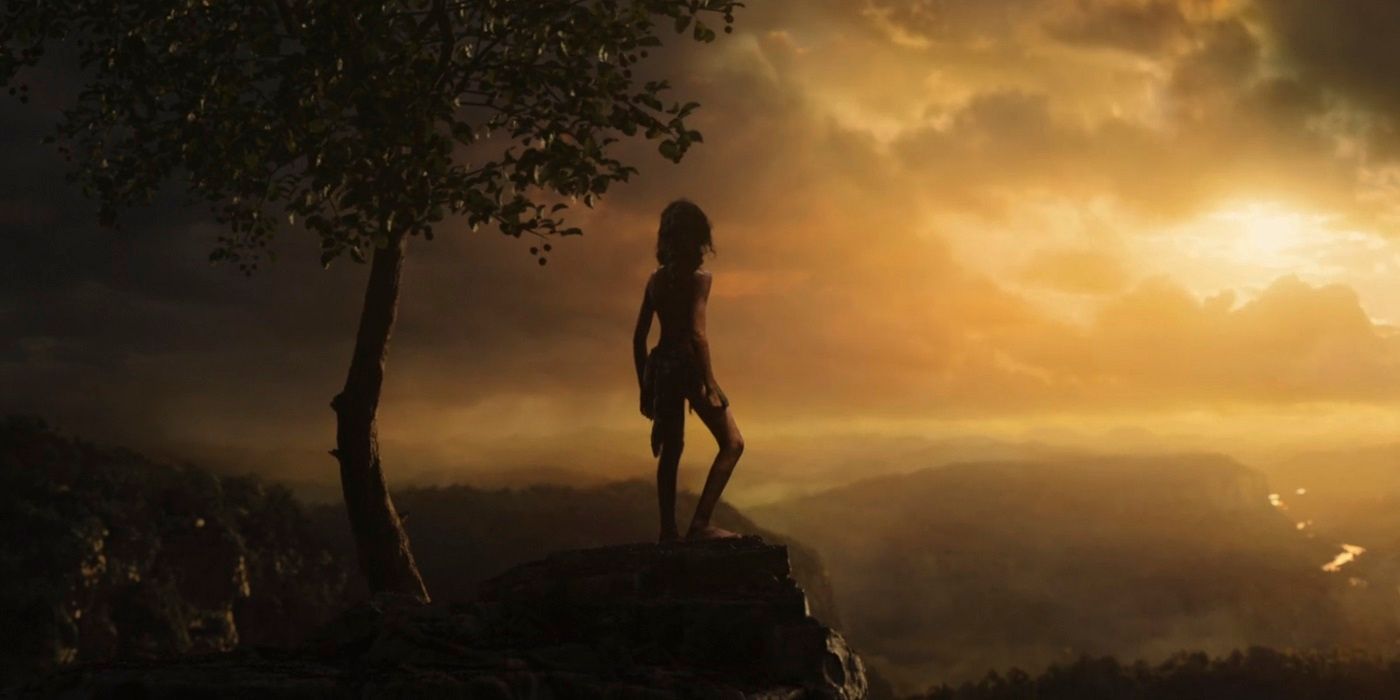
Taken from The Jungle Book and The Second Jungle Book, Serkis' Mowgli starts off by primarily following the short story Mowgli's Brothers, which chronicles Mowgli from the time he was accepted among the wolves - thanks to Baloo and Bagheera, who bought his life by capturing a bull - to when he was exiled due to using fire to attack Shere Khan, thus bringing shame to the jungle. In both Netflix's Mowgli and Kipling's book, the Law of the Jungle states two non-related animals must take responsibility for the man-cub, and that's what Baloo and Bagheera do. However, in Disney's Jungle Book, only Bagheera accepts and educates Mowgli.
While Netflix's movie is obviously centered on Mowgli's story, it takes time to flesh out all the other characters in his life - which is something Disney's Jungle Book never does. For instance, Bagheera's story about being raised in a cage in the King's Palace is told in Netflix's Mowgli but is completely ignored in Disney and Favreau's Jungle Book. For Baloo, sure it's nice to hear him teach Mowgli about the "Bare Necessities" in life, but that's not as important as the Law of the Jungle, as it's responsible for everything that happens in Kipling's Jungle Book novels. Plus, Baloo's relationship with Mowgli in Netflix's movie is much more accurate overall, seeing as Baloo takes responsibility for everything that Mowgli goes through. In Kipling's books, as well as the Jungle Book movies (including Mowgli), Shere Khan is accurately portrayed, for the most part, though Mowgli differs from Disney's movie in that it includes a jackal named Tabaqui, who's Shere Khan's sidekick.
Related: Netflix's Mowgli Is Too Dark For Kids
Then there's Kaa (a male snake in the books), who saves Mowgli after he's kidnapped by the monkeys in Netflix's movie, in addition to informing Baloo and Bagheera - who both join her - about the kidnapping, but in Disney's movie, Mowgli is kidnapped by King Louie - a character that doesn't even exist in the source material. Furthermore, a character who actually appears in Netflix's Mowgli from Kipling's books but doesn't make an appearance in Disney's Jungle Book is the Grey Brother, who's known as Brother Wolf/Bhoot in Mowgli: Legend of the Jungle. While aspects of the character are different in the film, Bhoot's role in Mowgli's life is practically unchanged - and that's what leads to an emotional blow later on in the movie.
In Mowgli: Legend of the Jungle's final act, Mowgli calls upon the elephants to trap Shere Khan and practically destroy the entire man village. That actually happens in Kipling's book, though only to an extent. Mowgli's relationship with the elephants are an integral part of Kipling's books, and it's an aspect that truly plays out well in Netflix's film; even towards the end when the Elephants get their revenge by killing John Lockwood. All in all, Netflix's Mowgli adapts specific short stories and poems from Kipling's books without much deviation, while Disney's Jungle Book movie (though more family friendly) cherry-pick parts of the source material in order to better suit the story they want to tell.
The CGI In Netflix's Mowgli Is More Cartoony
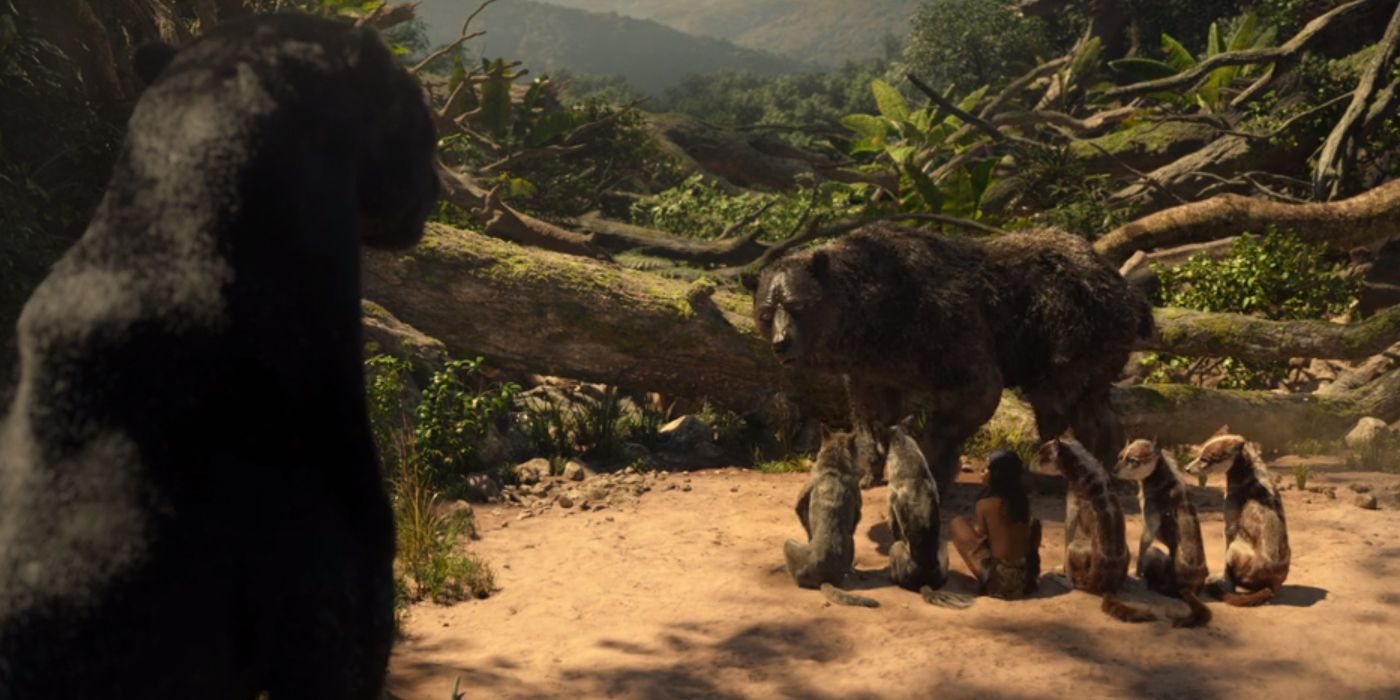
Even though Netflix's Mowgli: Legend of the Jungle is made by Serkis, who's credited with pioneering motion capture in Hollywood, the CGI in the movie isn't as well done as Favreau's Jungle Book movie - and that can be attributed to a number of reasons; the first of which is budget. While it hasn't been revealed what Mowgli's budget was, it stands to reason that it must not have been exorbitantly high for WB to unload the movie to Netflix; even the streaming giant likely wouldn't pay top-dollar to cover the costs for a blockbuster movie if it had the size of Favreau's Jungle Book, which had an estimated production budget of $177 million. That's an appropriate number given that it was Disney's big live-action remake of the year.
Because of the motion capture, CGI, and the overall tone of the first half of the movie, Mowgli's CGI ended up being more cartoony than expected. While its story is dark, and perhaps too dark for kids, its cartoonish visuals don't properly represent what transpired throughout the film, such as the opening sequence, the race, the Elephants charging through the man village, and more. However, there are moments where the CGI truly shines, including the scene in which Mowgli is hiding from Shere Khan in the water. But because the overall movie is much more cartoony and unrefined, aside from the hybrid motion capture which properly represents its actors, the visuals in Netflix's Mowgli aren't as groundbreaking as Favreau's Jungle Book was, and is instead all about the story.
Page 2 of 2: Mowgli is Darker, Sillier, & Less Realistic
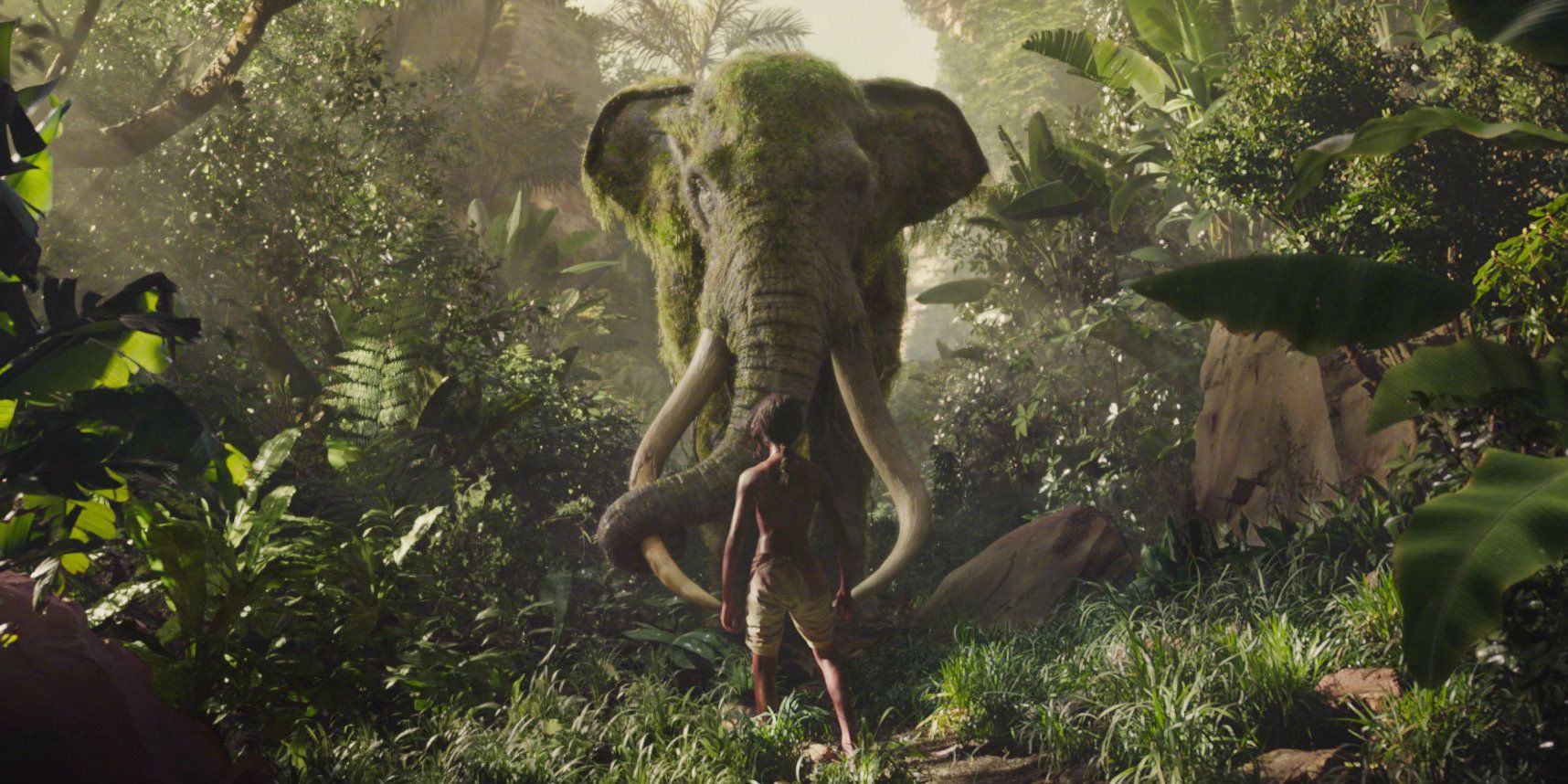
Netflix's Mowgli Is Darker (& Sillier) Than Disney's Jungle Book
It seems ridiculous to think that a movie without any singing can be sillier than a movie that's inherently a musical at heart - but that seems to be the case with Netflix's Mowgli: Legend of the Jungle. The first half of the movie appears to be one thing - specifically, a story focused on an approximately 11-year-old child trying to find his way in the world of the jungle - while the second half of the movie turns into something completely different, such as a revenge story.
Related: Does Mowgli Have An After-Credits Scene?
Disney's Jungle Book movie takes itself seriously but that doesn't mean it's a necessarily dark story. And while it's a musical with plenty of songs, it's still a drama. Netflix's Mowgli, on the other hand, is a drama that dives into its fantastical roots, in the beginning, thanks to Bhoot, Tabaqui, and even Mowgli himself, in just the way that everyone acts. Even though Mowgli is on the verge of being exiled from the jungle, he still spends a long time playfully training for the biggest event of his life, no matter how much Baloo tries to keep him on track. In one moment, he may take what he's doing seriously, but in the next moment, it's as if he's care-free. Perhaps that's the crux of who he is, but it feeds into the (emotional) unevenness of the whole movie.
Netflix's Mowgli Animals Are Less Realistic Than Disney's Jungle Book
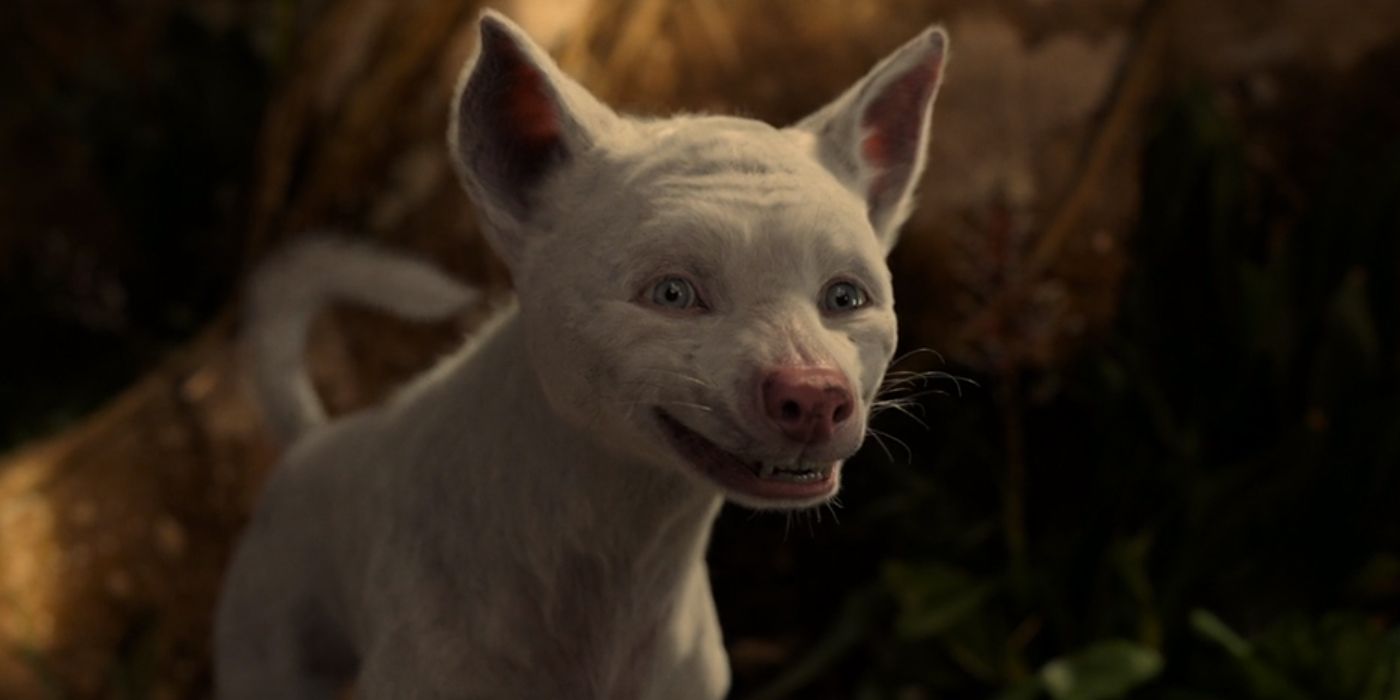
One of Mowgli: Legend of the Jungle's chief criticisms is its lack of realism. It's a live-action Jungle Book movie yet its animals act in such a way that perhaps aren't as refined as Disney's live-action version, but it's possible it wasn't meant to be that way. What Serkis has done in his previous movies (ones that he's starred in) that used motion capture was to construct around the person's face, so that their emotions and facial complexities could translate onto the big screen, even though their faces were covered by CGI. And that's precisely what Serkis did with Mowgli; this is something viewers can see especially in Bagheera, who's played by Christian Bale. Shere Khan appears to be the most "realistic" animal of the group, but the rest of animals are almost too cartoonish, despite some of them looking visually striking.
Overall, Netflix's Mowgli builds itself from the mindset of Kipling himself, and especially what Kipling had known about the Indian jungle at the time he wrote his Jungle Book stories all those years ago, but Serkis' film doesn't take the necessary steps in rooting itself in reality, save for a few sequences, most of which take place in the man village towards the end of the film. Everything in the man village is top-notch, and that includes the horrifying scene in which Mowgli finds out about Bhoot's fate as well as the true nature of man's world, which, unfortunately, includes John Lockwood's hunting escapades. However, taking everything into account, Netflix's Mowgli doesn't lend itself to realism in the way that Disney's Jungle Book movie from 2016 attempted to do from the very beginning. That's not necessarily a bad thing, nor is it something that filmmakers should strive to do. But perhaps the best thing about Mowgli: Legend of the Jungle is that it's a much more accurate adaptation of Rudyard Kipling's Jungle Book novels - and that is a win in and of itself.
More: Mowgli: Legend of the Jungle's Ending Explained
from ScreenRant - Feed https://ift.tt/2G5rfre



0 Comments